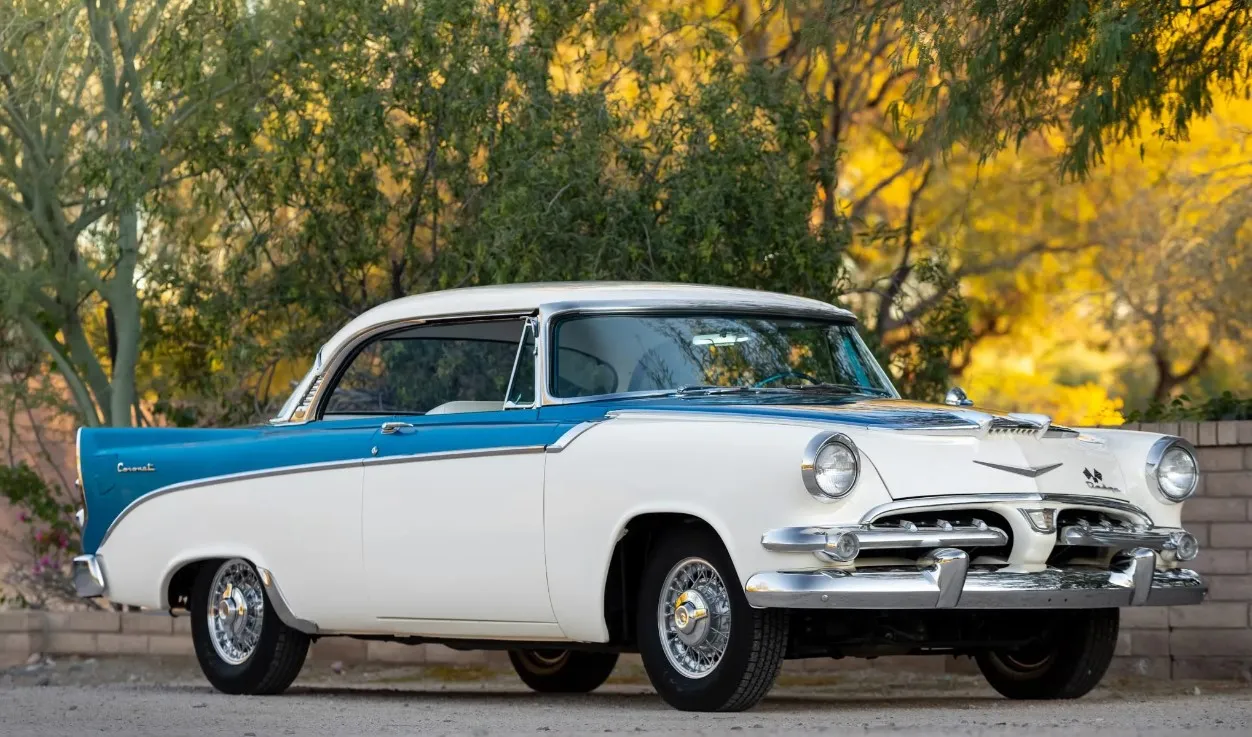In the annals of automotive history, certain cars stand out not just for their speed and power, but for their sheer beauty and elegance. The 1956 Ferrari 250 GT Berlinetta Competizione is one such masterpiece that has transcended its status as a mere automobile to become a symbol of automotive artistry and racing prowess. With its iconic design, racing pedigree, and limited production, this classic Ferrari has captivated the hearts of enthusiasts and collectors worldwide. In this article, we will delve into the rich history, stunning design, impressive performance, and enduring legacy of the 1956 Ferrari 250 GT Berlinetta Competizione.
ferrari
1. Design and Exterior
The design of the 250 GT Berlinetta Competizione was a collaborative effort between Ferrari and the coachbuilder Carrozzeria Scaglietti. It featured a lightweight aluminum body with a distinctive long hood, a rounded grille, and graceful curves. The car's aerodynamic shape and purposeful styling were optimized for performance on the track.
The 250 GT Berlinetta Competizione featured a sleek, low-slung body design that emphasized its sporty nature. It had a long, sculpted hood that flowed seamlessly into the cabin, creating a visually appealing silhouette. The car's overall shape was optimized for aerodynamics to enhance its performance on the track.
The body of the Competizione variant was constructed using lightweight aluminum panels, which helped reduce the car's weight. This emphasis on weight reduction was crucial for racing purposes, as lighter vehicles generally have better handling and acceleration.
The front of the car showcased a prominent rounded grille, often referred to as the "egg-crate" grille, which allowed air to flow into the engine bay for cooling. Additional air intakes or vents were strategically placed to facilitate engine and brake cooling, ensuring optimal performance during intense racing conditions.
The body featured flowing curves and subtle lines that added to the car's visual appeal. The sculpted fenders and wheel arches blended harmoniously with the overall design, emphasizing the car's athletic stance.
The rear window of the 250 GT Berlinetta Competizione was a distinctive feature. It had a large, curved design, providing excellent visibility for the driver while also adding to the car's unique aesthetic.
The Competizione variant often featured racing modifications, such as lightweight Plexiglas windows, aluminum doors, and sometimes even further weight reduction measures. These enhancements not only improved the car's performance but also gave it a purposeful and aggressive appearance.
2. Engine
The heart of the 250 GT Berlinetta Competizione was a 3.0-liter Tipo 128C V12 engine. It featured a single overhead camshaft per cylinder bank and was equipped with three Weber carburetors. In its racing configuration, the engine produced around 260 to 280 horsepower, depending on the specific version and tuning.
The engine had a V12 configuration, with a 60-degree angle between the cylinder banks. The cylinders were cast in light alloy, and the engine block was made of cast iron. The cylinder heads were also constructed from light alloy.
The engine utilized a single overhead camshaft (SOHC) per cylinder bank. This camshaft operated the two valves (one intake and one exhaust) for each cylinder. The valves were actuated through a combination of rocker arms and pushrods.
The 250 GT Berlinetta Competizione employed a triple-carburetor setup. Three Weber 36 DCL3 carburetors were used to provide an optimal air-fuel mixture for improved performance.
The power output of the engine varied depending on the specific version and tuning. The Competizione models typically produced around 260 to 280 horsepower. This level of power was quite impressive for a road-legal sports car of that era.
The potent V12 engine propelled the 250 GT Berlinetta Competizione to impressive performance figures. The car could accelerate from 0 to 60 mph (0 to 97 km/h) in around 6 seconds and had a top speed of approximately 150 mph (240 km/h).
In some racing versions of the 250 GT Berlinetta Competizione, the engine was further tuned and modified to extract more power. These modifications could include improved intake and exhaust systems, altered camshaft profiles, and modified engine internals.
3. Transmission and Drivetrain
The engine's power was transmitted to the rear wheels through a four-speed manual gearbox. The car employed a rear-wheel-drive layout, which was the norm for sports cars of that era.
4. Performance
The 250 GT Berlinetta Competizione was a formidable performer on both the road and the racetrack. With its powerful engine and lightweight construction, it boasted impressive performance figures for its time. It could accelerate from 0 to 60 mph (0 to 97 km/h) in around 6 seconds and had a top speed of approximately 150 mph (240 km/h).
The 250 GT Berlinetta Competizione boasted impressive acceleration capabilities. It could accelerate from 0 to 60 mph (0 to 97 km/h) in around 6 seconds, which was quite impressive for a sports car of its era.
The car had a top speed of approximately 150 mph (240 km/h), making it one of the fastest production cars of its time. This exceptional top speed was achieved thanks to the combination of its powerful engine and aerodynamic design.
The 250 GT Berlinetta Competizione exhibited excellent handling characteristics. The car's lightweight construction, low center of gravity, and well-tuned suspension contributed to its agility and nimble nature, allowing it to tackle corners with confidence.
The Competizione variant of the 250 GT Berlinetta enjoyed notable success in various motorsport events. It competed in endurance races like the Tour de France Automobile, Mille Miglia, and 24 Hours of Le Mans, earning victories and podium finishes. Its exceptional performance on the racetrack showcased its capabilities and racing pedigree.
The 250 GT Berlinetta Competizione was equipped with effective braking systems for reliable stopping power. The car featured hydraulic disc brakes on all four wheels, which provided consistent and efficient braking performance.
5. Racing Success
The 250 GT Berlinetta Competizione gained fame through its participation in various motorsport events. It earned its "Tour de France" nickname after winning the prestigious Tour de France Automobile endurance race in 1956 and 1957. The car also competed in other prominent races, such as the Mille Miglia, 24 Hours of Le Mans, and Targa Florio, achieving notable results and cementing its racing legacy.
6. Limited Production
Ferrari produced a limited number of 250 GT Berlinetta Competizione models. In total, around 77 examples were built between 1956 and 1959, making it a highly exclusive and sought-after vehicle among collectors and enthusiasts.
7. Collectibility and Value
The 1956 Ferrari 250 GT Berlinetta Competizione is highly coveted by automotive collectors. Its rarity, racing pedigree, and exquisite design have resulted in skyrocketing values. These cars often command staggering prices at auctions, with some reaching tens of millions of dollars, depending on their provenance and condition.
The 1956 Ferrari 250 GT Berlinetta Competizione remains an iconic symbol of Ferrari's racing heritage and automotive excellence. It continues to captivate enthusiasts with its timeless design and performance capabilities.



